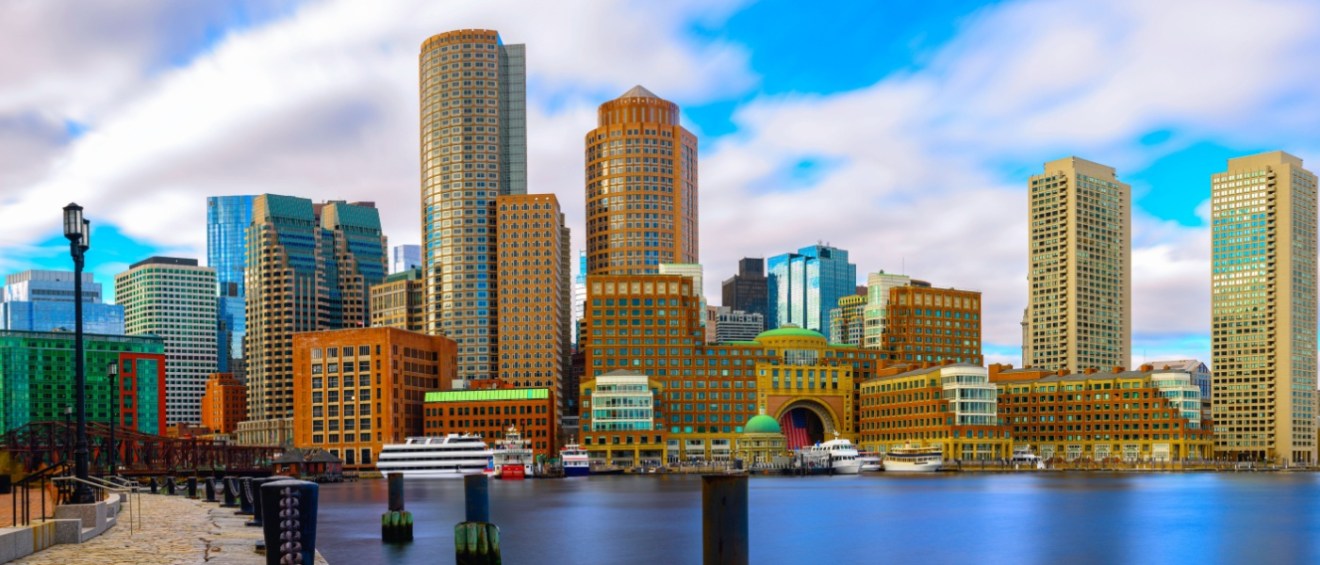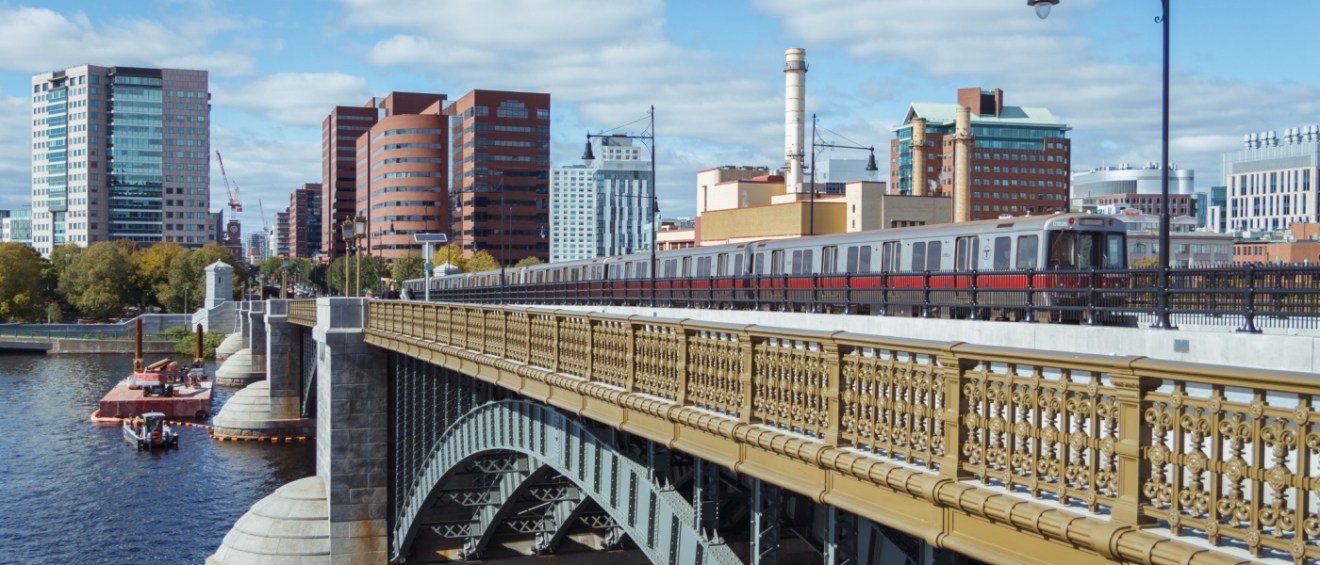Share this article:
If you’re renting an apartment in Boston or if you’re thinking about moving to Beantown, you might be trying to figure out how to navigate the city. Fortunately, public transport in Boston offers an extensive network that makes it easy to get around without a car.
As a renter in such a busy hub, having convenient access to public transit can make a big difference in your daily life. At the same time, if you’re still searching for a rental apartment here, the presence of public transport stations can make certain neighborhoods more attractive.
Public transport in Boston is particularly notable for including the nation’s oldest subway system. So, buckle up as we take a closer look at all the transit options available in the city.
MBTA Subway System
The Massachusetts Bay Transportation Authority (MBTA) operates Boston’s subway system, known as “The T.” It is the oldest subway system in the U.S., and it will turn 127 years old in September. The subway has five main lines that are designated by color:
- The Red Line connects Cambridge and Braintree to downtown Boston
- The Orange Line runs from Jamaica Plain to Oak Grove
- The Blue Line goes from downtown Boston to Revere Beach
- The Green Line has four branches that extend to the west of the city
- The Silver Line is a bus rapid transit line
The subway is the most efficient way to travel by public transport in Boston — especially during peak hours when trains run every 5-10 minutes. Many popular neighborhoods for renters, such as Back Bay, South End, Cambridge, and Somerville have convenient T stops, making it easy to commute downtown.
MBTA Bus System
The MBTA also has an extensive network of bus routes that provide service in areas not covered by the subway. There are more than 160 bus routes that navigate throughout the Greater Boston area. Some key bus routes for renters include:
- The #1 bus, which runs along Massachusetts Avenue
- The #66 bus that connects Harvard Square to Dudley Square
- The Silver Line bus rapid transit that serves the Seaport and Logan Airport
Buses are a great option for shorter trips or for accessing neighborhoods further from the city center. Just be aware that they are subject to street traffic so tend to be slower than the subway.
Commuter Rail
For those considering living further outside the city, the MBTA Commuter Rail is a popular choice. It connects the outer suburbs to downtown Boston. There are a total of 12 commuter rail lines that branch out from the city to surrounding areas like Lowell; Newburyport; and Providence, RI.
While the commuter rail is more expensive than the subway or bus, it provides a comfortable ride, with most trains offering Wi-Fi. It’s a good option for renters who prefer more space and affordability further outside the city but still want to easily access downtown.
MBTA Ferry Services
In addition to trains and buses, the public transit system in Boston also includes commuter ferry services that provide a scenic way to travel to the city and are also operated by the MBTA. There are eight ferry terminals that connect downtown Boston to the north and south shores of Massachusetts.
The ferries mainly serve coastal communities like Hingham, Hull, and Charlestown. For renters looking to live in these waterfront areas, the ferry offers a relaxing and traffic-free commute into the city. It’s also a great option for day trips to explore the harbor islands or waterfront destinations.
The ferry does tend to be pricier than other modes of public transit in Boston. But the comfortable ride and beautiful views make it worth considering, especially on nice weather days.
Other options
Beyond the MBTA services, Boston has other transport alternatives like bikeshare (Bluebikes), rideshare, and walking. Many neighborhoods are very pedestrian-friendly. Depending on where you choose to live, these can supplement the main public transit system.
As you can see, public transport in Boston includes an extensive network that provides renters with plenty of options for getting around the city. From the convenience of the subway to the comfort of the commuter rail to the scenic views of the ferry, there are many ways to access popular neighborhoods and commute to work or school.
Every renter will have to consider their own budget, lifestyle and commute preferences when deciding where to live. But Boston’s diverse transit system makes it possible to find an affordable and accessible home in a variety of neighborhoods.
If you’re interested in public transit systems in other cities, browse our guides for Philadelphia and New York City.
Share this article:
Alexandra Both is a senior real estate writer and research analyst with RentCafe. She brings over almost 10 years of real estate writing experience, having served as a senior editor at Commercial Property Executive and Multi-Housing News. A seasoned journalist, Alexandra has worked across print, online, and broadcast media. Her work has been featured in a variety of prominent outlets, including The New York Times, The Guardian, USA Today, and Architectural Digest. She holds a B.A. in Journalism and an M.A. in Community Development.
The Ready Renter has your back
Tips, news, and research curated for renters, straight to your inbox.




Related posts
Subscribe to
The Ready Renter newsletter









